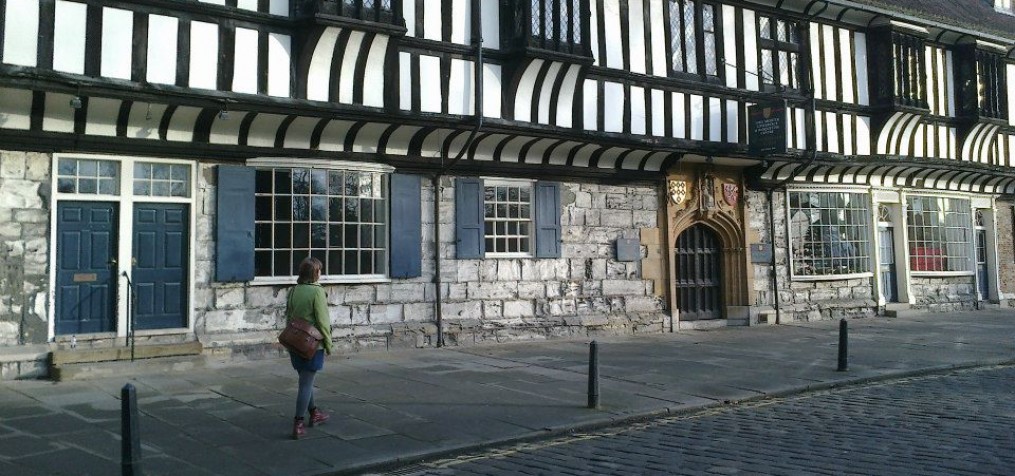This blog is turning out to be very useful for networking. It’s surprising the people who’ve found me through this thing. It has also proven (as I suspected would be the case) that I am devastatingly ignorant on the subject of prehistoric fiction and indeed literature in general. But that’s okay; I’m here to learn. I’ve been pointed in the direction of what promise to be some interesting reads, including a graphic novel!
I thought I’d talk a bit about issues surrounding terminology. This is something I touched on briefly in my previous post when I mentioned that it has been argued that “transition” is an inappropriate word to describe the period of change between Mesolithic and Neolithic periods. The evidence almost always suggests that the process was much more complex than a quick, clean change brought about by a “Neolithic Frontier” – yet another term that has brought about extensive discussion. Archaeologists often continue to argue that the terms “Neolithic” and “Mesolithic” are unsatisfactory, but I fear that we’re too late to change that. Those particular terms are here to stay.
I’d also like to consider the sorts of terminology and language that authors chose to use in their writing. One of the first problems I’m encountering as I think about starting to write is simply how to go about naming any characters I might come up with! I’ve seen some authors making up their own names. Another popular route seems to be to follow the Native American approach and go for names reminiscent of dear old Jaguar Paw. Personally I think that I’d be inclined to make up my own names. I find that although many cultures often give their children names that mean something in their language, I’m distracted by reading English words as names. I often find some of them rather laughable as well, which stops me from truly engaging with the characters and scenarios in which they find themselves.
Then there’s the issue with the names given to roles and positions within society. What do we call the leaders, the husbands and wives, the spiritual leaders? In archaeology it’s important to try and come up with the most impartial and neutral language. Personally I am forever running from westernised ways of thinking and writing. I think the number one rule when attempting to envision our past is to remember that the way we see our world could be infinitely different from the way that our ancient ancestors did.
Of course when writing fiction for a much wider audience than just archaeologists, who sympathise with such agonies, allowances must be made. The characters must be relatable and the situations understandable. I think that plot would not be the main issue here – in some ways humans are very simple, and I think that we have probably been telling stories in a similar fashion from the very beginning – there will always be accounts of “good” versus “evil”, forbidden love, parables and myths with some sort of moral lesson.
But is it really appropriate to call a Neolithic leader a King or a Lord? Or a Mesolithic spiritual specialist a Shaman? The former, to me, smack of far too feudal a system. The latter is a specialised term that was originally used to refer to the spiritual guides of nomadic groups in the Arctic Circle, who were believed to have had access to the spirit realm through entering states of altered consciousness (by getting high as freaking kites), but has become widely used in anthropology, history and archaeology.
I feel like perhaps the best approach, then, would be to come up with more new names rather than re-using English ones that have hundreds of years of socio-political background and possible connotations.
It’s always very easy to get caught up in these issues. I have fallen victim to such discussions in so many of my previous written assessments. I would start an essay by defining the subject, and then confronting the inevitable issues with terminology in the subject and, without realising it, have wasted half of my word count on a tangent. If we spend too much time discussing the intricacies of terminologies, are we defeating the point of archaeological enquiry? Ultimately we want to find out what the hell people got up to, not what words are most appropriate to describe them! But to make a piece of prose enjoyable it must be written in a way that involves the reader, rather than bringing questions into their minds, so perhaps in fiction these issues remain important.
